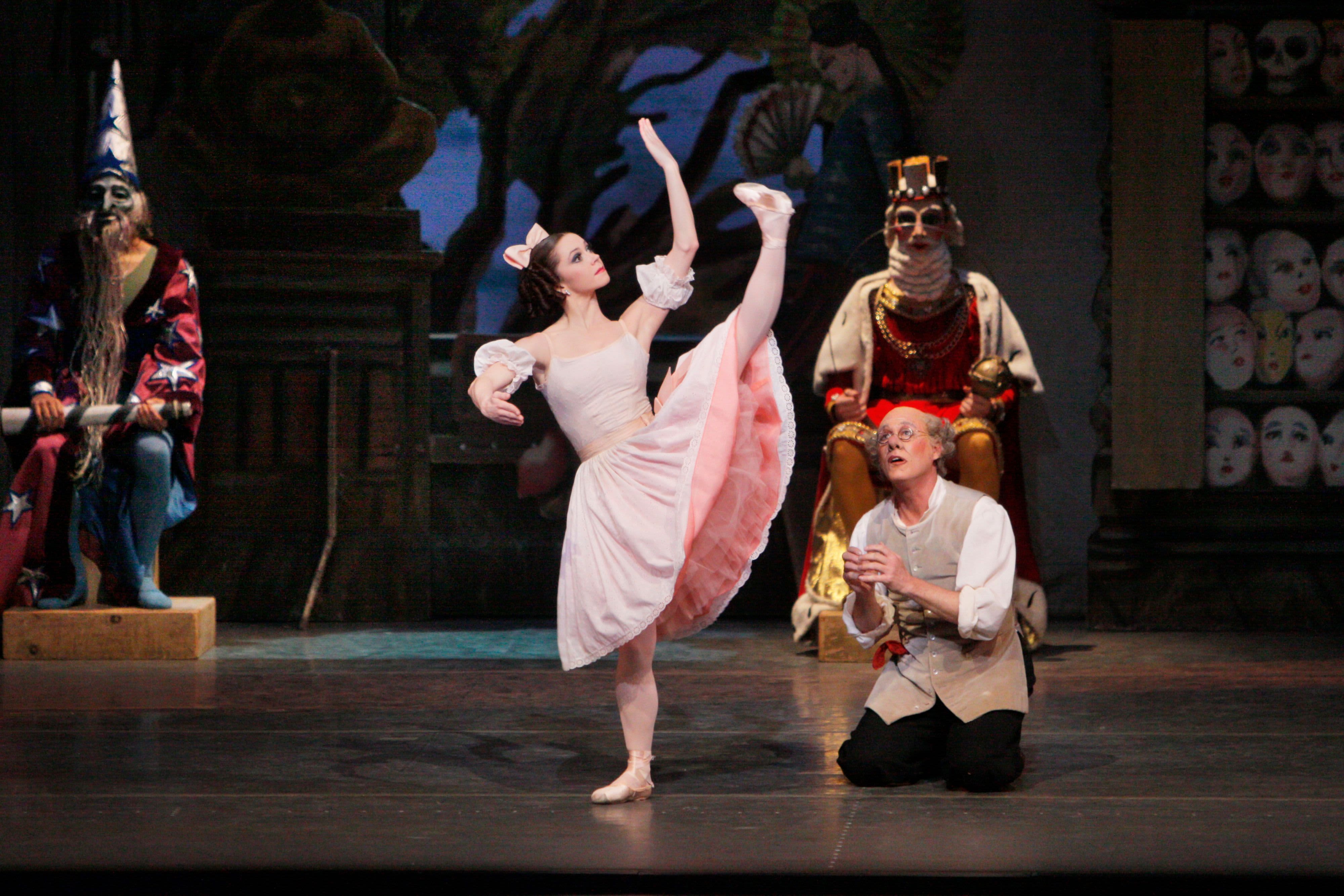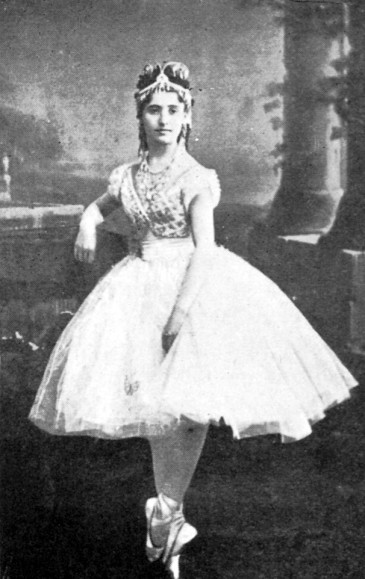
Hi Beauties,
This month we’re falling in love with the whimsical and comedic ballet, Coppélia. It has inspired dancers and theater lovers of all ages since 1870. This light-hearted story is joyfully told through classical ballet and folk dance to Léo Delibes’ orchestrated score.
Coppélia (sometimes referred to as “The Girl with the Enamel Eyes”) was originally choreographed by Arthur Saint-Léon. The ballet premiered on May 25th, 1870 at Paris’ Théâtre Impérial l’Opéra and featured 16-year-old Italian ballerina Giuseppina Bozzacchi in the principal role of Swanhilda, and Eugénie Fiocre playing the part of Franz. Bozzacchi’s performance as Swanhilda was outstanding. In her public debut, she captured the hearts of the Parisian audiences, and a new star was born. Saint-Léon had originally envisioned the lead role to be performed by a veteran dancer, but he re-choreographed and shaped the part to suit Coppélia’s new Prima Ballerina!
Giuesppina Bozzachhi as Swanhilda (1870).
Set in a quaint Austrian village, Dr. Coppélius, a doll-maker, has crafted a beautiful mechanical doll named Coppélia. She is so realistic that the villagers mistake her as being Dr. Coppélius’s daughter. Swanhilda's fiancée, Franz, even falls in love with her. Driven by her frustration and annoyance that Franz has fallen in love with a doll, Swanhilda sets out to uncover the secret behind the mysterious Coppélia. She and her friend sneak into Dr. Coppélius’s house, only to discover that her rival is nothing more than a mechanical doll. When Dr. Coppélius returns, Swanhilda hides with Coppélia and disguises herself as the doll. Meanwhile, Franz sneaks in to meet Coppélia, but Dr. Coppélius catches him and puts him to sleep, with the intention of using him as a human sacrifice to bring his beloved doll to life. He believes he has succeeded when Coppélia seemingly springs to life, but it is actually Swanhilda dressed up as the doll. When Franz wakes up, Dr. Coppélius realizes he has been tricked, and that Coppélia is in fact, just a doll. The ballet concludes with a happy ending, as Swanhilda forgives Franz for his folly and the two are married.
In reality, the ending was tragic for Coppélia’s prima ballerina Giuseppina Bozzacchi. Just months after its premier, the production was halted by the Franco-Prussian War and the siege of Paris. Amidst the chaos of war, Bozzacchi fell ill. Without proper nutrition or medical attention she sadly passed away on her 17th birthday, November 23, 1870. The ballet Coppélia returned to the Paris Opéra after the Opera House reopened in 1871 and would eventually become the most frequently performed ballet in the history of the Paris Opéra.
The legacy of Coppélia lives on, but contemporary productions bear little resemblance to St. Léon’s original choreography. In 1884, the ballet was restaged by Petipa which most modern versions of Coppélia derive from. Today, the most well-known productions of Coppélia are Dame Ninette De Valois’s production for the Royal Ballet, and George Balanchine’s 1974 production for New York City Ballet, both of which are based on Petipa’s final revival.
The NYC Ballet's rendition of Coppélia, 2019

Step into the whimsical world of Coppélia with Ballet Beautiful Master Trainer, Yuki, on February 17th and 24th at 11a NYC time for a Subscriber Exclusive Choreography Workshop Livestream! We will be dancing to Delibes’ beautiful waltz, learning choreography that reflects the playful, light-hearted essence of Swanhilda’s character.
If you are not yet a member, subscribe today and join our Custom Workout!
Have a Beautiful Workout!
-The Ballet Beautiful Team







